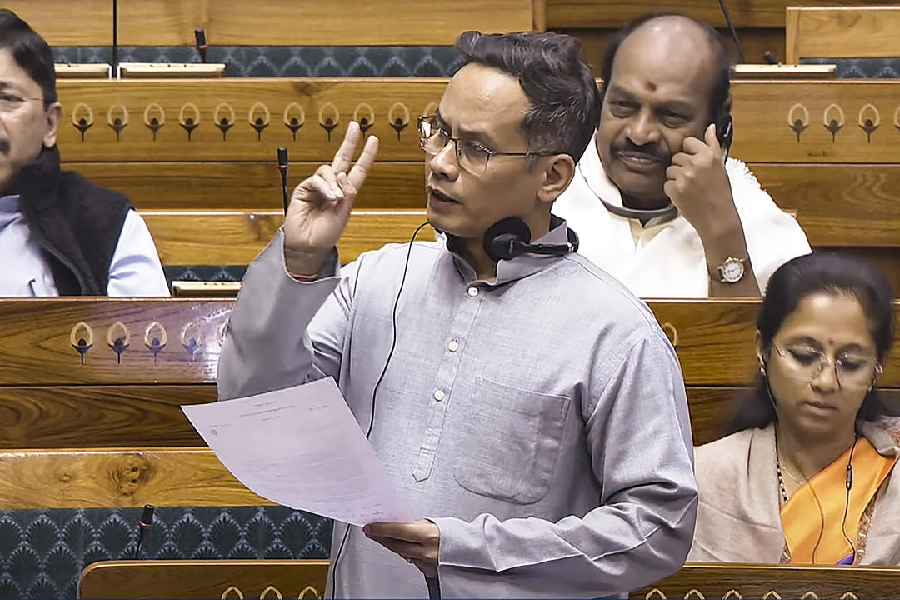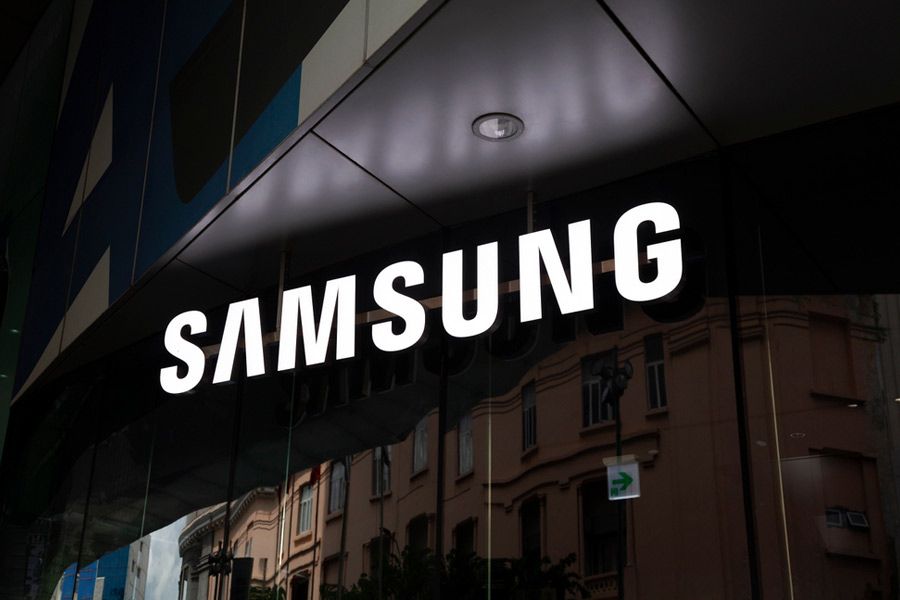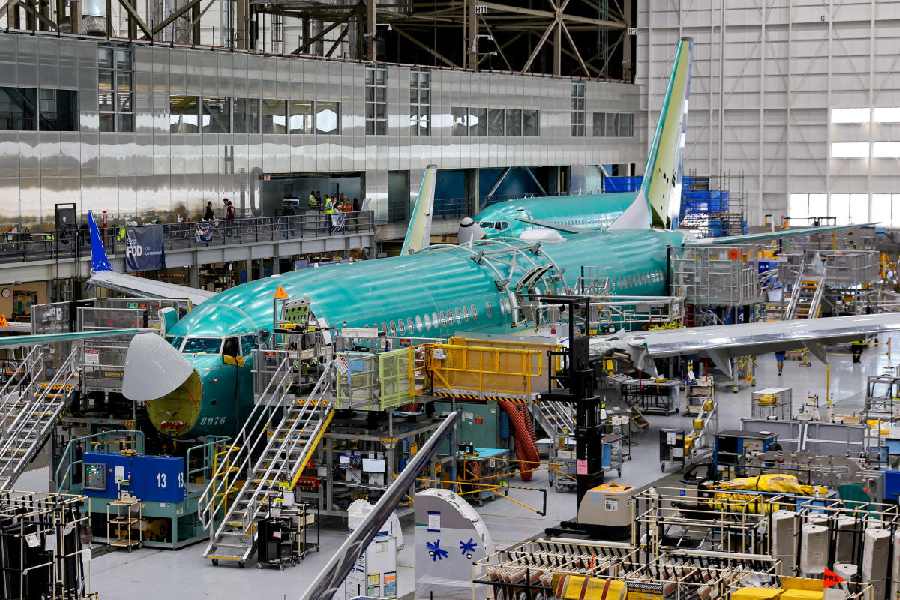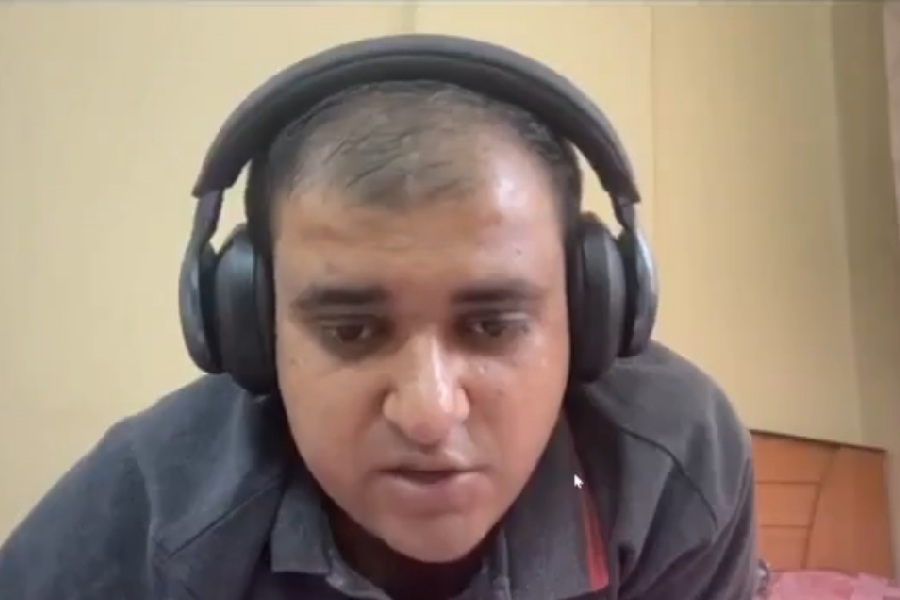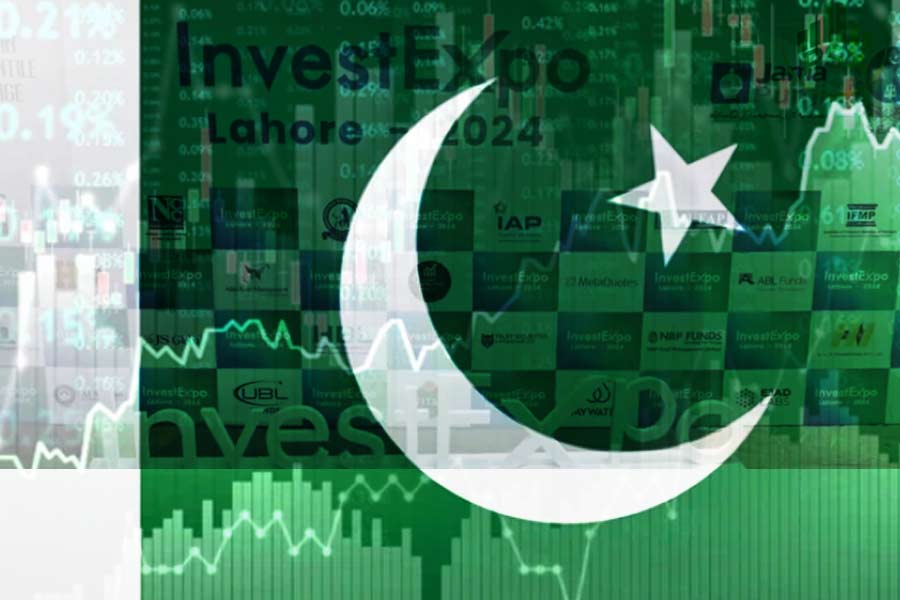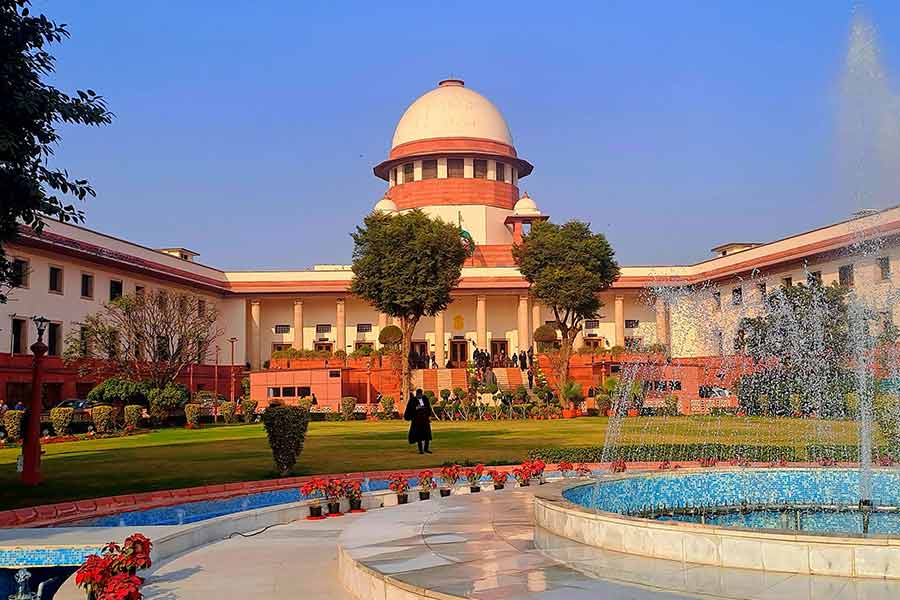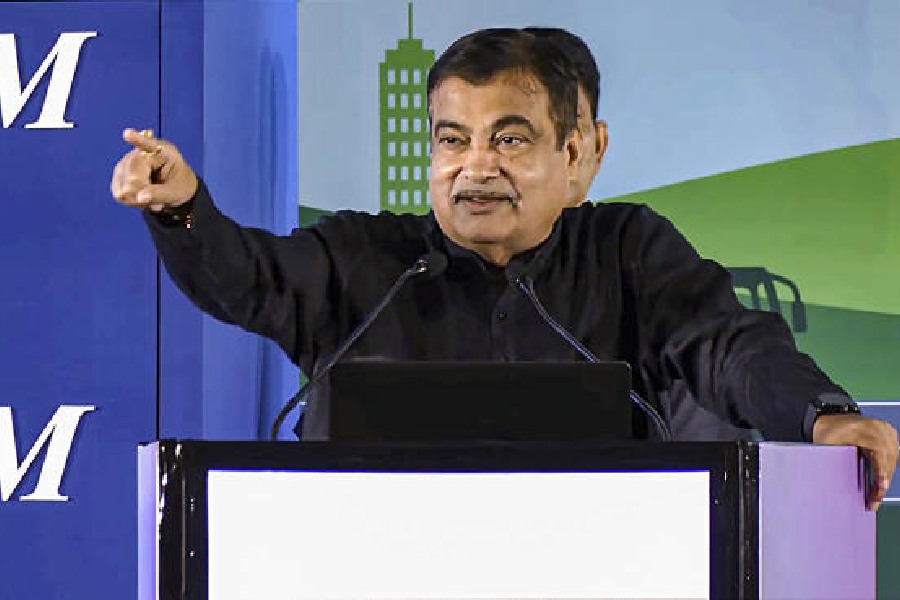What about sustainability, which is a pressing issue now?
This is something that is on the tip of everyone’s tongues when it comes down to building and sustainable development and that is something that we are interested and intrigued by. The first step for doing so is sourcing locally to reduce the carbon footprint. Intelligent design is the second thing and we work a lot towards how to maximise the efficiency of spaces or buildings and how to bring down cost in terms of energy, light and all these things. I want to be sustainable even when I am building — I want to buy from ethical vendors, use sustainable material and reduce waste. We also try to be carbon-neutral at the end of the day. When it comes to the usage of the building, we really do intensive studies beforehand in terms of wind, sun and rain and how the space will interact with the environment. Using glass or creating air passages through design to bring down the overall consumption of energy are the kind of things we look into as well. Everything we do has one eye on sustainability and the impact on the environment. Protecting our world is a collective responsibility and design is in the forefront of changing things.
You have a degree in economics and you work with your father, who is a creative mastermind. How is that going?
It’s brilliant! He is fully in charge of the creative bit and I am fully in charge of the business. It has taken me a few years to understand what could lead the two aspects to get at loggerheads with each other in my field but I don’t like getting involved in the creative aspect and I can tell you that my father does not like getting involved in the non-creative. The only time we bring our heads together, if for example we have a mandate to work on a budget and we have to sometimes reconcile to that and work backwards from there. And that’s how we come together. Those are things we are getting better at and building an understanding and from when we started, we are now, 95 per cent of the time, together on the same page. We actually complement each other quite well.
For a while now, design powerhouse Tarun Tahiliani has also been lending his creative expertise to houses and with son Jahan, armed with an economics degree, now helming the business aspect of things, Tahiliani Homes is revving to conquer newer realms when it comes to creating bespoke, luxurious, quality homes. As Jahan puts is: “We are trying to build a product for discerning customers who want a quality home and we leave no stone unturned.” Here’s our chat with Jahan Tahiliani, CEO, Tahiliani Homes:
How would you describe the Tahiliani Homes aesthetic of “India Modern”?
When I joined in 2016, we were setting up the company — before that, my father hadn’t formally set up a division. I think our aesthetics and ethos have evolved over the years to bring in two different schools of art history and thought. One part of it is India — where are we from, what’s in our building heritage, what material do we use historically in our homes and why? Why people like using what is native to their region is because it is suited for it and because you’re rooted in that region. So why should Indians be using Italian stone or marble when we have very beautiful Indian stones that are better suited for us? So that’s the first part — we are Indian and we are very proud of that and we like to showcase that in our homes.
Coming to the modern side of things, Indians are now more exposed to the world than they have ever been. We travel more, we see more and experience more. And we are very used to modern amenities and luxuries. So the idea for our design team is to merge these two concepts together — our Indian-ness, art, craft, heritage and history, and the modern amenities and luxuries that are there in homes the world over. The Indian consumer now wants the best of both worlds and we are committed in delivering that to them.
Tell us about the Tahiliani Home Advantage…
Earlier when we were only building houses, our responsibility almost ended after building the house. But what was happening is that many of these houses were secondary or holiday homes but these were relatively well-priced assets. A lot of these were in tropical areas, which require extra maintenance, especially post-monsoon. We found that a lot of people were not being able to manage their properties remotely and it was becoming a challenge for them and it would also look bad on our part if something was called a Tahiliani home and three-four years later, the upkeep was not been done... it would reflect badly on us. So that’s how this was born — the basic need of maintaining the property.
If you want to turn this asset into an income-generating asset, we have teams who can market the property and generate income for the home owner. The third step in this is the concierge facility that we offer to the owner and the guest with the best of hospitality staff so it feels like a luxury hotel experience.
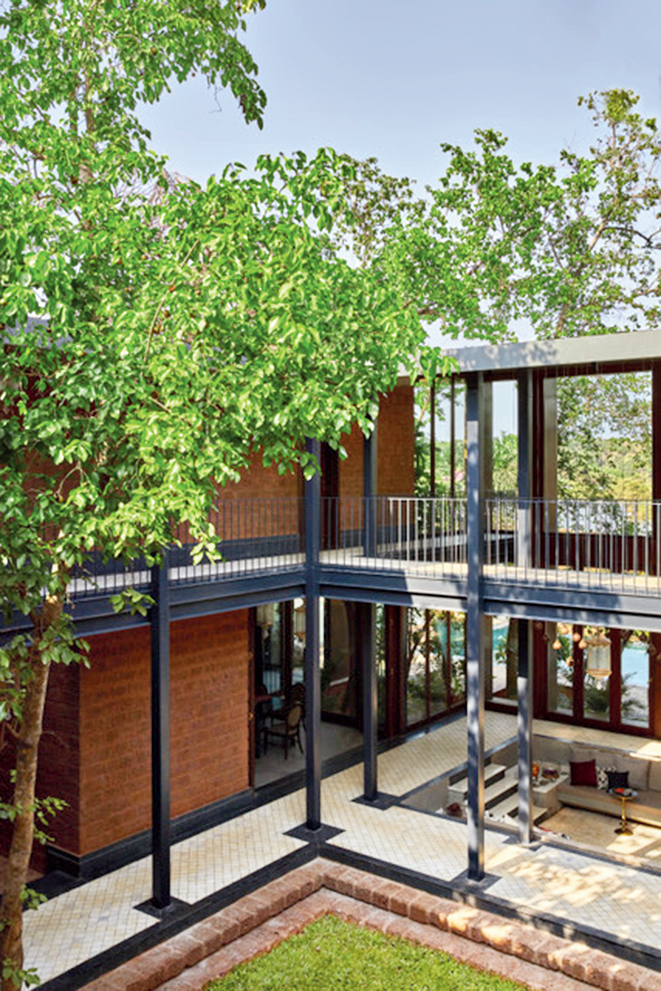
Glass villa by Tahiliani Homes. Sourced by The Telegraph


